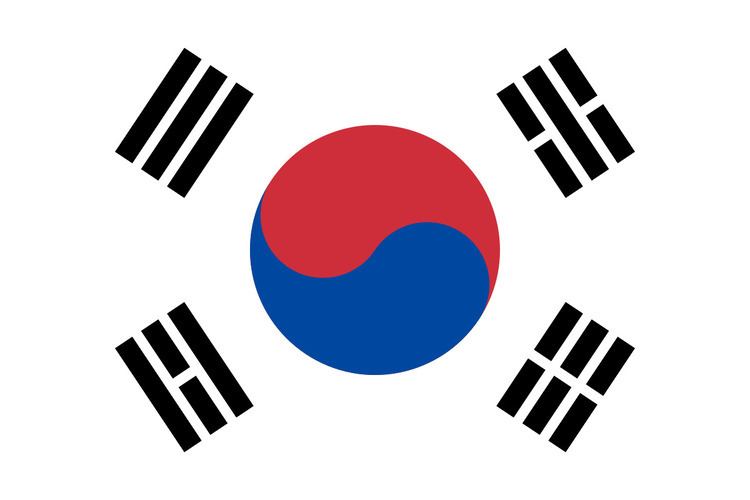 | ||
The United Nations Educational, Scientific and Cultural Organization (UNESCO) World Heritage Sites are places of importance to cultural or natural heritage as described in the UNESCO World Heritage Convention, established in 1972. The Republic of Korea accepted the convention on 14 September 1988, making its historical sites eligible for inclusion on the list. As of 2016, there are twelve World Heritage Sites in South Korea, including eleven cultural sites and one natural site.
Contents
The first three sites of South Korea, Haeinsa Temple Janggyeong Panjeon, the Depositories for the Tripitaka Koreana Woodblocks, Jongmyo Shrine and Seokguram Grotto and Bulguksa Temple, were inscribed on the list at the 19th Session of the World Heritage Committee, held in Berlin, Germany in 1995. In 2007, Jeju Volcanic Island and Lava Tubes became the first site selected for its natural significance. South Korea's latest inscription, Baekje Historic Areas, was added to the list in 2015.
In addition to its inscribed sites, South Korea also maintains fifteen properties on its tentative list.
World Heritage Sites
The table is sortable by column by clicking on the at the top of the appropriate column; alphanumerically for the Site, Area, and Year columns; by state party for the Location column; and by criteria type for the Criteria column. Transborder sites sort at the bottom.
Site; named after the World Heritage Committee's official designation Location; at city, regional, or provincial level and geocoordinates Criteria; as defined by the World Heritage Committee Area; in hectares and acres. If available, the size of the buffer zone has been noted as well. A lack of value implies that no data has been published by UNESCO Year; during which the site was inscribed to the World Heritage List Description; brief information about the site, including reasons for qualifying as an endangered site, if applicableTentative list
In addition to sites inscribed on the World Heritage list, member states can maintain a list of tentative sites that they may consider for nomination. Nominations for the World Heritage list are only accepted if the site was previously listed on the tentative list. As of 2016, South Korea maintains fifteen properties on its tentative list:
- Kangjingun Kiln Sites
- Mt. Soraksan Nature Reserve
- Sites of fossilized dinosaurs across the southern South Korean coast
- Southwestern Coast Tidal Flats
- Salterns
- Daegokcheon Stream Petroglyphs
- Ancient Mountain Fortresses in Central Korea
- Upo Wetland
- Naganeupseong, Town Fortress and Village
- Oeam Village
- Seowon, Confucian Academies of Korea
- Seoul City Wall
- Gaya Tumuli of Gimhae - Haman
- The Goryeong Jisandong Daegaya Tumuli
- Traditional Buddhist Mountain Temples of Korea
Seoul City Wall will undergo evaluation in the World Heritage Committee for 2017 designation. Traditional Buddhist Mountain Temples of Korea were nominated by the Korean government as sole candidate from the nation for 2018 World Heritage Committee evaluation.
